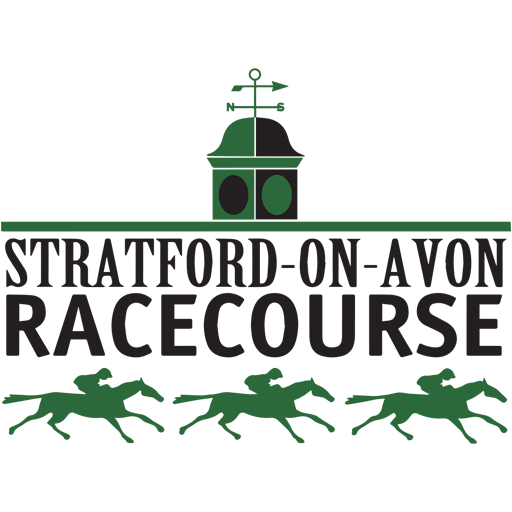Whilst the jumpers take a two week mid-summer break, we’re looking into how to get the maximum enjoyment from your flutter on the horses. Amidst the current industry talk of affordability checks, it’s easy to forget that for 99% of the racing audience, a bet on the horses is an irregular addition to an occasional day out.
Horse racing and betting induce a thrill unlike any other. You never know which horse will get to the finish line first, even if the market tells you there can only be one winner. While there are crowd favourites and best performers that have a higher chance of finishing first, you never know if an outsider will surprise everyone at the last minute. Horses make fools of us all, including their trainers and riders.
So is betting on horse races all about picking one horse and hoping he or she will secure that winning ticket? Or are there true strategies and tactics behind racing betting? While there is no specific science to horse race betting as it is still all based on chance and other factors affecting horse race performance, there are a few strategies that individuals use to enhance their chances of beating the bookies.
Below we describe the three top strategies for betting on racing:
- Doing the Yankee strategy increases the chances of winning by selecting four favourite horses from different races, but there is usually a lower pay-out than other betting strategies.
- The key technique is betting on a specific horse, whether it is the best-performing one or when you want to do multiple wagers for races in a row.
- Dutching is like the Yankee strategy where multiple horses are selected to enhance winning chances. However, the horses are selected in one race rather than four different ones.
Check out the latest horse racing odds before you place your bets. Analysing the odds will help you to make a more informed bet. While winning is not guaranteed whether you use one of these strategies or not, they can get you on the right track.
Yankee strategy
The Yankee is fabled to be named after an American GI stationed in England who placed a successful accumulator bet – the eponymous Yankee. This comprises a four selection wager comprising six doubles, four trebles and an accumulator.
The Yankee strategy involves selecting four top-performing horses across separate races. This increases the chances of winning if at least one or two of these horses win. Whilst it can be the case that it’s difficult enough to find one winner, the loading of winnings on to the next horse sustains interest. The golden ticket of all four winners with an accumulator is enough to keep regular punters interested throughout.
Key technique
Using one horse as the basis for many bets is known as the key technique. From there, you can do multiple bets with the key horse as the first-place contender and then select other horses that may finish in the placings. Choosing a key horse will keep starting prices low so you can include different horse order sequences to increase your chances of winning.
Usually, when a punter uses one horse as the key, it is best to make a trifecta or an exacta bet. An exacta bet means selecting the first and second-place horse in the correct sequence. A trifecta bet means choosing which three horses will finish first in the correct sequential order.
Dutching
Dutching means selecting multiple horses who could be the winner of one horse race. Most punters like to choose the three best horses that could win in a race. Others may choose four or more if they desire, but of course the more horses you stake, the more bets you have to make so your margin is diminished.
Choosing too many horses in a Dutch bet will not bode well if they all lose. Hence, weigh your options accordingly. This is the sort of bet that’s appropriate to a big handicap with plenty of runners and a wide disparity of odds displayed, like the Grand National.
What’s your strategy?
The average horse race in the UK allows no minimum field size up to a maximum of 40. In the USA, these parameters tend to be within 8 – 20 runners. The Kentucky Derby for example allows 20 horses to race every year on the first Saturday in May whilst the Grand National always achieves a maximum field of 40. The amount of horses depends on the individual race track regulations, the length of race and track configuration.
Self-evidently, some of the permutation bets are not possible in small fields. Choose a strategy that you are comfortable using and see how it works for you. And remember, bet safely.
